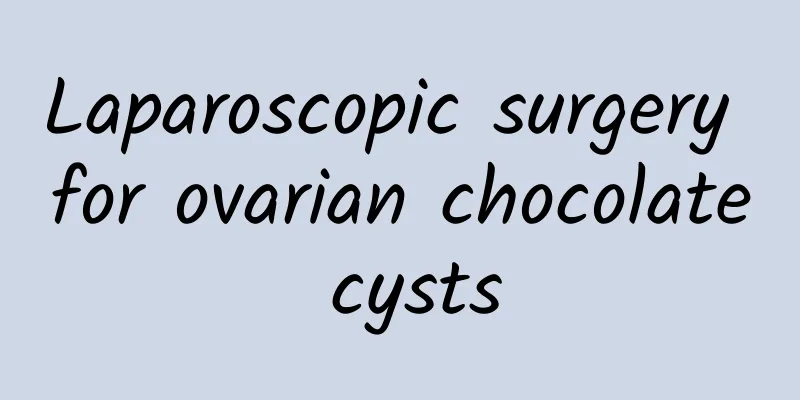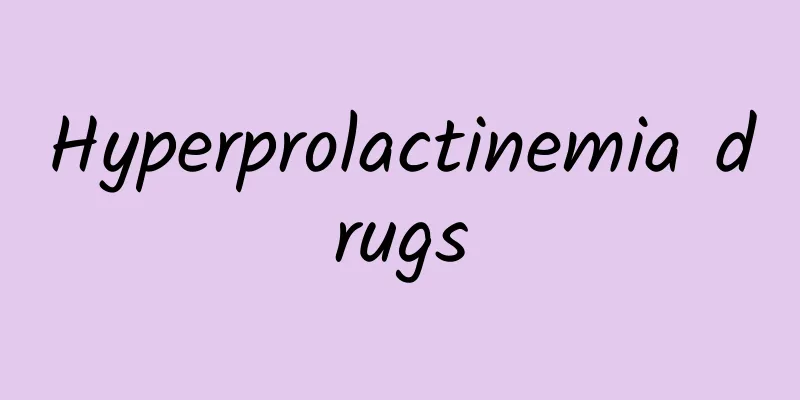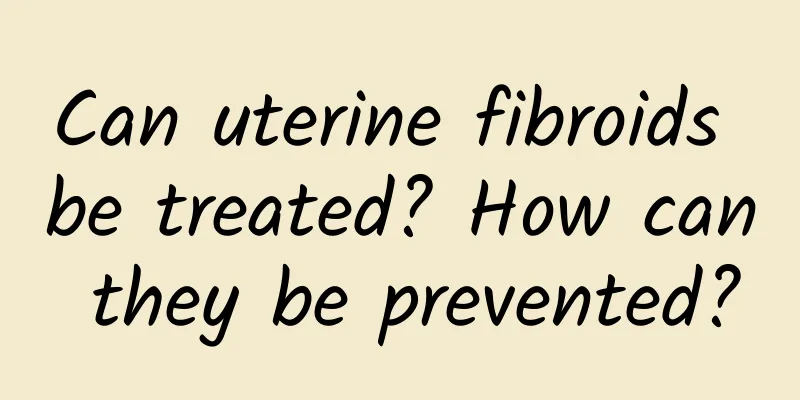Laparoscopic surgery for ovarian chocolate cysts

|
Laparoscopic surgery for the treatment of ovarian chocolate cysts is mainly based on the patient's clinical manifestations of dysmenorrhea, menstrual disorders, infertility, and pelvic masses found during gynecological disease surveys, combined with B-ultrasound examinations that indicate pelvic cystic masses, mixed masses, etc. Laparoscopic surgery for ovarian chocolate cysts 1. Epidural anesthesia is used, and the patient is not allowed to eat or drink before the operation. A urinary catheter is placed. The patient is placed in a head-down and foot-up position. A 10 mm laparoscope is inserted through the umbilical puncture point. The pelvic condition is first examined to determine whether there is severe pelvic adhesion and whether the ovarian tumor is suspected to be malignant. 2. After deciding to perform endoscopic surgery, 5 mm trocars were inserted into both sides of the lower abdomen for surgery. Adhesions were separated first, and after the anatomical layers were clear, the ovarian surface cortex was cut with polar electrocoagulation, and then the cyst was removed by blunt separation of the cyst wall and the gap between the ovarian capsule with separation forceps. 3. If the chocolate cyst is large, the cyst wall should be peeled off after puncture and suction of the cystic fluid. If there is dense adhesion containing blood vessels, bipolar electrocoagulation should be performed first and then cut open, and blunt and sharp separation should be combined to fully expose the cyst. If there is bleeding on the peeling surface, monopolar or bipolar electrocoagulation should be used to stop bleeding, and electrocoagulation of the ovary should be minimized, especially near the ovarian hilum to preserve the blood supply of the ovary. If the cyst is large and the adhesion is severe, it is estimated that the ovarian function has been damaged. In order to minimize recurrence, the contralateral ovary is normal during the operation, and unilateral adnexectomy can be performed. |
<<: Diseases that should be differentiated from chronic pelvic inflammatory disease
>>: Principles of antimicrobial therapy for patients with acute adnexitis
Recommend
Analysis of symptoms of severe cervical erosion
Among the common gynecological diseases, cervical...
Leek juice and brown sugar drink is effective in relieving dysmenorrhea symptoms
Dysmenorrhea is a common disease that troubles wo...
What are the hazards of severe cervicitis in women? 3 methods can treat severe cervicitis
Cervicitis is a common gynecological disease. If ...
Daily dark green vegetables to supplement lutein (Part 1)
Although lutein is a nutrient that the human body...
Treatment of premature ovarian failure
Treatment of premature ovarian failure Premature ...
Eat Yuanxiao Glutinous Rice Balls “This is How to Eat” to Be Healthy! Eat Tangyuan for lunch? Nutritionist teaches 6 tips on eating glutinous rice balls in a healthy way
The Lantern Festival is coming soon. Families gat...
What are the dangers of ovarian cysts?
What are the dangers of ovarian cysts? Ovarian cy...
The harmful consequences of Trichomonas vaginitis
When you have Trichomonas vaginitis, you should c...
What does cervical nabothian cyst mean?
Cervical nabothian cyst is a common benign lesion...
Causes of vaginal candidiasis
Vaginitis refers to a disease that occurs in the ...
Postoperative care for ectopic pregnancy
Ectopic pregnancy is the most common disease in f...
What is physiological ovarian cyst and can it cause miscarriage?
What is a physiological ovarian cyst? Can it caus...
Principles of treatment of pelvic peritonitis
Pelvic peritonitis is a disease that is very harm...
When will uterine fibroids be removed? When will uterine fibroids be removed?
Under what circumstances will uterine fibroids be...
What are the types of cervical erosion?
Cervical erosion can be divided into different ty...









